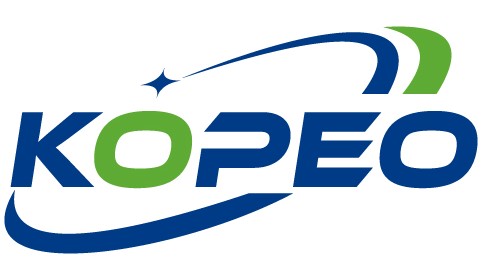At present, the world's annual production of plastics about 140 million tons, after the use of waste accounted for about 50% to 60% of the production, most of the Polymers material products are difficult to decompose, resulting in groundwater and soil pollution, endangering the growth of plants and animals, threatening the survival of human beings and health, and becoming the world's main culprits of white pollution. As people pay more and more attention to environmental issues, biodegradable plastics are gradually favored. As an environmentally friendly aliphatic polyester, Polylactic Acid (PLA) is also one of the most widely used types of Bio-based Materials. With good biocompatibility, degradability and excellent processing properties, PLA has received widespread attention and is considered to be one of the most promising new "eco-materials" to replace existing plastics. 1.Degradation mechanism of Polylactic Acid(PLA) As a polyester material, the degradation of Polylactic Acid is divided into simple hydrolytic degradation and enzyme-catalyzed degradation. Simple hydrolytic degradation is the inverse reaction of esterification, starting from the absorption of water, small molecules of water moved to the surface of the sample, diffusion into the ester bond or hydrophilic groups around the role of acid and alkali in the medium, the ester bond free hydrolysis fracture, the sample of the molecule, the amount of slow decrease in molecular weight when the molecular weight is reduced to a certain extent, the sample began to dissolve, generating soluble degradation products. Enzymatic degradation of polylactide is indirect, polylactic acid first hydrolysis occurs, hydrolysis to a certain extent, and further metabolism under the action of enzymes, so that the degradation process can be completed.

2.Factors affecting the hydrolysis and degradation of Polylactic Acid Factors affecting the hydrolysis of PLA can be divided into two categories: material properties and hydrolysis conditions. Material properties include molecular structure, crystallinity, molecular weight size and distribution, the regularity of the structure, sample shape and size, molding process, additives and impurities, etc.; hydrolysis conditions include pH, temperature and humidity, dielectric constant, radiation treatment, etc., these factors are not independent of the impact of polymer degradation of the material, but the interaction of each other. 3. Influence of molecular structure Molecular structure is an important factor affecting the properties of PLA-based materials. Some researchers prepared 3-armed, 4-armed and other multi-armed PLA using different initiators to study its hydrolysis properties, and found that for PLA with the same molecular weight, the higher the number of branched chains, the faster the degradation rate. The analysis may be due to the fact that polymers containing branched structures have lower crystallinity and more terminal groups, and therefore degrade faster than those with linear structures. People change the molecular structure of PLA by copolymerization modification and synthesize various types of copolymers with PLA as the matrix to control its hydrolysis rate. For example, PLGA copolymer, the introduction of PEG not only improves the hydrophilicity of PLA and reduces its crystallinity, which accelerates the degradation of the polymer, but also gives the material new properties and functions. The hydrophilicity of the introduced group plays a decisive role in the hydrolysis process of the Polymers in the blend modification, the better the hydrophilicity, the more significant the hydrolytic degradation.

4. Influence of crystallinity PLA belongs to the crystalline polyester material, but even if PLA belongs to the crystalline polyester material, its crystallinity can not reach 100%, and the particle or material is divided into crystalline and amorphous area (amorphous area). In the process of hydrolysis of PLA, hydrolysis always occurs first in the amorphous zone. Water first penetrates into the amorphous zone, so that the ester bond in the amorphous zone is broken, when most of the amorphous zone is hydrolyzed, only from the edge to the center of the crystalline zone begins to hydrolyze. It should be noted that, in the process of PLA hydrolysis, often accompanied by the phenomenon of increased crystallinity, which may be due to the hydrolysis of the amorphous zone, the generation of a number of structural regularity of low molecular substances, making the PLA crystallinity increased. Some researchers believe that the increase in crystallinity is due to the hydrolysis of the amorphous zone, which increases the proportion of crystalline zone in the remaining sample. 5. Influence of the regularity of the cubic structure Because of the optical isomerism of lactic acid, PLA also has different cubes, PLLA, which is made by polymerization of pure L-lactic acid; PDLA, which is made by polymerization of pure D-lactic acid; PDLLA, which is made by polymerization of different low-light pure PLA in a certain ratio of L-lactic acid and D-lactic acid; and P(L/D)LA, which is made by co-mixing of PLLA and PDLA in a certain ratio. A researcher compared the hydrolysis properties of PLLA, PDLLA, PDLA, and P(L/D)LA, and the results showed that PDLLA was the most easy to hydrolyze; PLLA and PDLA were the next easiest to hydrolyze, and P(L/D)LA had the strongest hydrolysis resistance.
